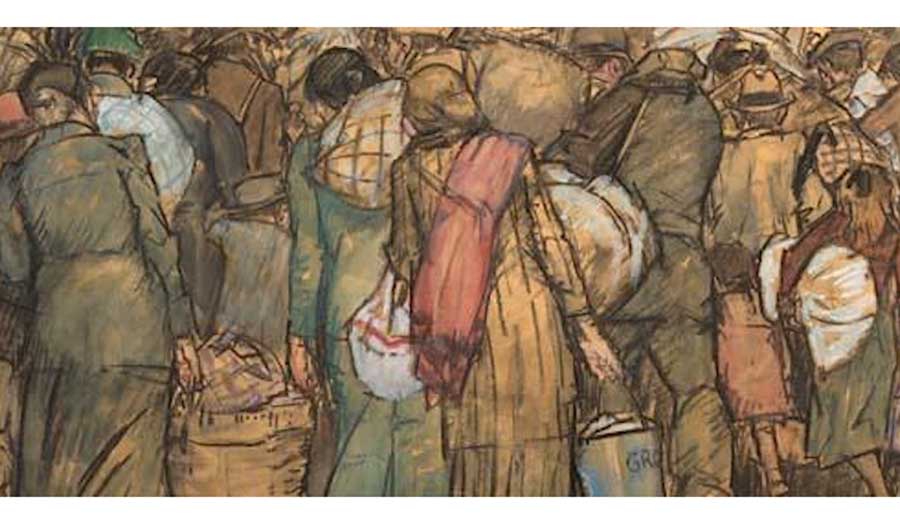In October 1949, a steamer from Karachi was about to set sail for India when Pakistani police stopped it from leaving and detained approximately two hundred people. Those on board had included several passengers from marginalised castes: sweepers, cobblers, and other labourers. The government of Pakistan detained them on the grounds that they provided essential services. The 1947 partition of India is usually conceived of as fuelling the mass movement of people across borders. But what of those who were forcibly stuck? Scholars have devoted significant attention to the permit systems the governments of India and Pakistan put in place after partition to stem refugee entry and prevent the return of ‘evacuees.’ However, the prevention of exit became, alongside non-entrée, part of an official strategy of immobility in South Asia, the burden of which was borne largely by oppressed castes. On the other side of the border, the paper discusses the Indian government’s indifference to the struggles of the oppressed caste groups trying to migrate to India. Finally, I highlight the ongoing significance of ‘egress and movement control’ regimes in other regions of South Asia such as Kashmir.

